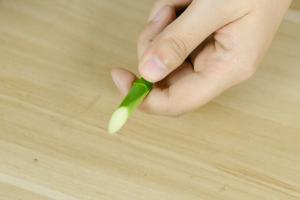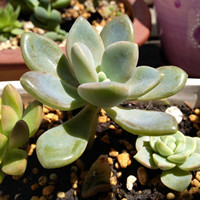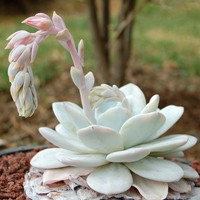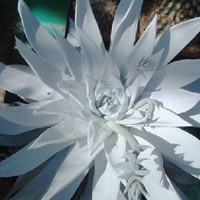Introduction
The chaparral biome is a unique ecosystem found in areas with a Mediterranean-type climate, which is characterized by hot and dry summers and mild winters. Due to the hot and dry conditions, plants in the chaparral biome have developed various strategies to conserve and prevent water loss to survive.
Root System
The root system of chaparral plants is well-developed and adapted to the drought-prone environment. The roots of many plants are shallow and can spread out widely to capture as much water as possible from the soil surface. Other plants have long taproots that can reach deep into the soil to access water that is deeper down.
Small Leaves
Chaparral plants have small leaves or needle-like foliage, which helps them to minimize water loss from transpiration. The small size of the leaves reduces the surface area exposed to the sun and wind, which slows down the process of evaporation.
Thick Waxy Cuticle
The leaves of chaparral plants are covered by a thick, waxy cuticle that provides a barrier against water loss. The cuticle is impermeable to water and prevents water from escaping through the leaf surface. This adaptation is particularly useful in hot and dry environments where water is scarce.
Crassulacean Acid Metabolism (CAM)
Chaparral plants, such as cacti and succulents, use a specialized form of photosynthesis known as crassulacean acid metabolism (CAM). This process allows them to open their stomata at night when the air is cooler and more humid to take in carbon dioxide. The carbon dioxide is then stored in the form of organic acids until daylight, when it is converted back into carbon dioxide for use in photosynthesis. This reduces water loss during the day when the plant is most vulnerable to drying out.
Drought-Adapted Growth Habits
Many chaparral plants have drought-adapted growth habits that help them to survive in water-scarce environments. For example, some plants, like manzanitas, have a 'sprouter' growth habit. If the plant dies back due to drought, it can resprout from the base or roots. Other plants, like sagebrush, have a 'survivor' growth habit. They reduce their leaf size and slow down their growth rate during periods of drought to conserve water.
Conclusion
Plants in the chaparral biome have developed a range of strategies to conserve and prevent water loss. From their specialized root systems to their thick waxy cuticles, these adaptations help them to survive in a hot and dry environment where water is scarce. Understanding how plants in the chaparral biome conserve water can provide insight into how plants can adapt to climate change and a drier future.

 how many times do yo...
how many times do yo... how many planted tre...
how many planted tre... how many pine trees ...
how many pine trees ... how many pecan trees...
how many pecan trees... how many plants comp...
how many plants comp... how many plants can ...
how many plants can ... how many plants and ...
how many plants and ... how many pepper plan...
how many pepper plan...


























